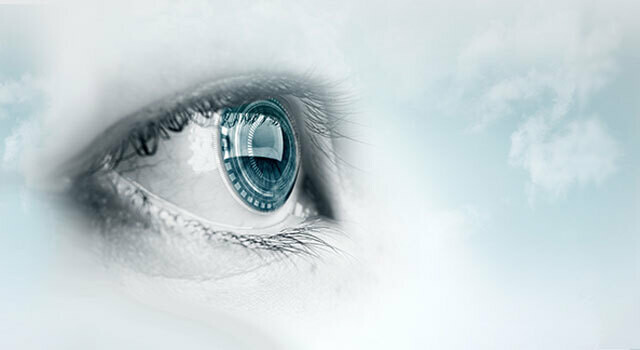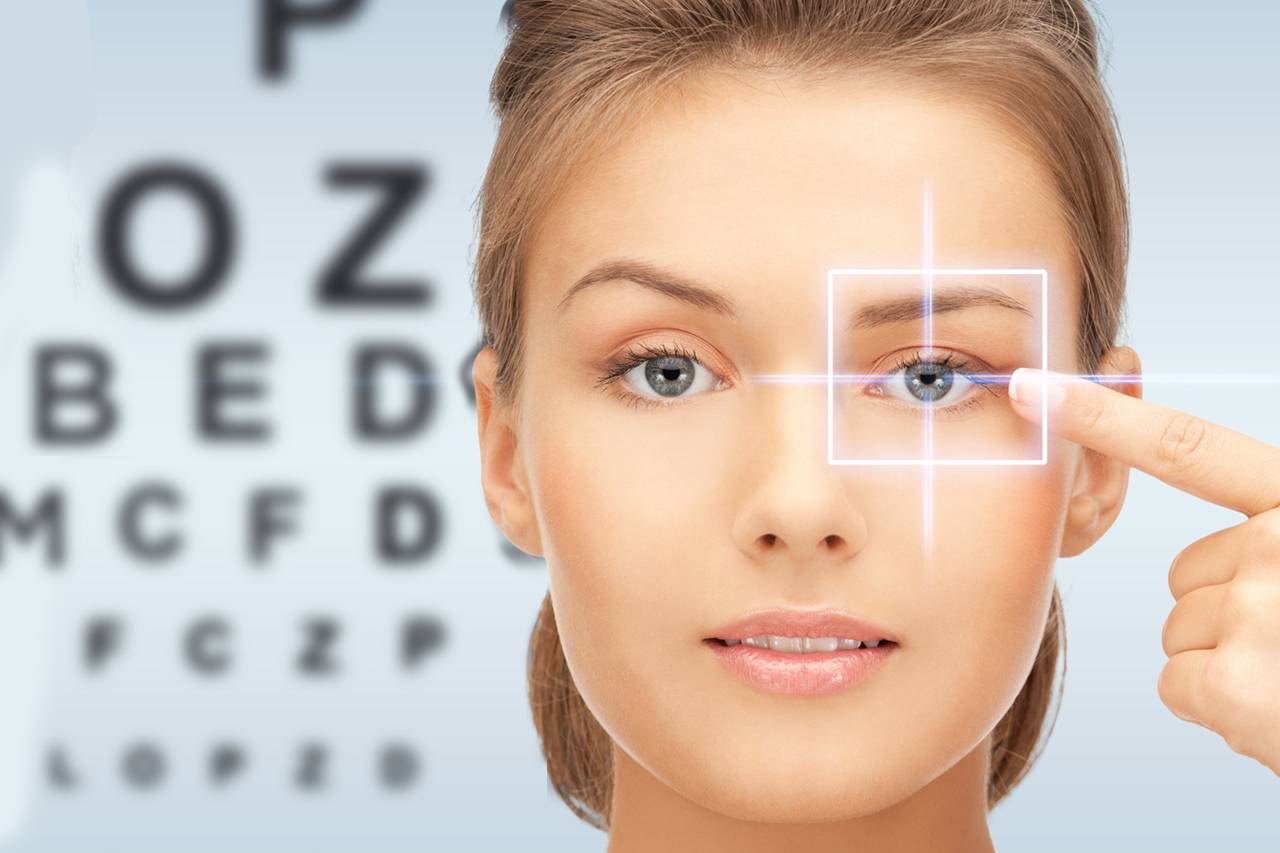Personalized Cataract Care Service: Browse Through Our Clinic for Solutions
Personalized Cataract Care Service: Browse Through Our Clinic for Solutions
Blog Article
Checking Out the State-of-the-Art Technologies Used for Dealing With and identifying Eye Problems
In the realm of ophthalmology, the advancement of technology has considerably enhanced the devices offered for detecting and dealing with numerous eye problems. From advanced imaging modern technologies that give comprehensive insights into eye frameworks to robotic-assisted procedures that provide exceptional accuracy, the landscape of eye care is regularly developing. With the integration of man-made intelligence in diagnostics, genetics treatment innovations, and online reality recovery, the opportunities for boosting client results are increasing at a fast pace. The merging of these advanced innovations holds the pledge of transforming the area of ophthalmology, supplying brand-new avenues for customized and reliable treatments.

Advanced Imaging Technologies
Advanced Imaging Technologies have actually changed the area of ophthalmology by giving in-depth and precise visualization of the eye frameworks. Optical Comprehensibility Tomography (OCT) stands apart as a crucial technology in this world. OCT uses light waves to capture high-resolution cross-sectional photos of the retina, permitting the identification of minute structural modifications. This non-invasive method help in the very early discovery and surveillance of different eye problems such as macular deterioration, diabetic person retinopathy, and glaucoma.
Furthermore, Fundus Photography is one more necessary tool in sensory imaging. This strategy entails catching in-depth pictures of the rear of the eye, consisting of the retina and optic disc. Fundus Digital photography aids in documenting the development of eye conditions, reviewing treatment efficacy, and educating people regarding their eye health.

Robotic-Assisted Surgery
Robotic-assisted surgical procedures have substantially progressed the capacities of sensory surgical procedure, introducing a brand-new age of accuracy and efficiency in treating different eye problems. By incorporating robotic technology into surgeries, ophthalmologists can attain unmatched precision and control, leading to enhanced client end results.
One of the main advantages of robotic-assisted surgery in ophthalmology is the improved dexterity and stability it supplies to surgeons. The robotic arms can do exact activities with a high level of precision, permitting fragile treatments with marginal invasiveness. This level of accuracy is specifically valuable in surgical treatments involving the retina, where also minor errors can have substantial implications for a client's vision.
Furthermore, robotic-assisted medical systems offer real-time imaging and comments to the specialist, allowing them to make informed decisions during the procedure. This modern technology improves the specialist's situational recognition and enables adjustments to be made promptly, guaranteeing optimal results for the patient.
Artificial Knowledge in Diagnostics
With the development of sophisticated innovations enhancing surgical accuracy in sensory procedures, the assimilation of Artificial Intelligence in diagnostics has become a critical development reinventing the field of eye treatment. Artificial Knowledge (AI) formulas are being increasingly utilized to evaluate complex data from imaging technologies like optical comprehensibility tomography (OCT) and fundus digital photography to help in the very early discovery and exact diagnosis of different eye conditions. These AI systems can successfully determine patterns and anomalies in images that may not be discernible to the human eye, enabling quicker diagnosis and therapy planning.
AI formulas can likewise forecast disease development, recommend personalized therapy strategies, and examine the performance of treatments. By enhancing the diagnostic process, AI not only boosts the effectiveness of eye care experts however additionally improves person outcomes by enabling prompt interventions. As AI proceeds to development, its function in diagnostics is anticipated to broaden, offering new opportunities for early intervention and individualized treatment in the field of ophthalmology.
Gene Treatment Technologies
In the world of ophthalmic innovations, current strides in genetics therapy technologies have stimulated substantial passion among researchers and medical care specialists alike. Genetics therapy holds immense pledge in transforming the therapy of different eye problems by targeting the hidden genetic causes. By introducing genetic material into cells to compensate for unusual check genes or to offer a missing genetics, gene treatment provides a tailored strategy to attending to acquired eye problems such as retinitis pigmentosa, Leber hereditary amaurosis, and others that were previously taken into consideration untreatable.

As study in gene therapy proceeds to advancement, the potential for customized therapies for a wider variety of eye problems grows, using new hope for clients with genetic eye illness.
Online Fact Rehabilitation
Digital fact recovery has actually arised as a cutting-edge technique in improving the recovery and recovery procedures for people with various aesthetic impairments. hearing service near me. By imitating real-world environments with immersive innovation, online truth offers an unique system for vision treatment and recovery. This cutting-edge approach enables people to take part in interactive workouts and activities created to improve aesthetic acuity, depth understanding, eye control, and overall visual performance
One secret advantage of online fact rehab is its ability to personalize treatment programs based on the certain requirements and abilities of each person. With real-time comments and surveillance, healthcare experts can track progress, adjust treatments, and supply individualized treatment to maximize results. Additionally, virtual truth technology can create a controlled and secure room for individuals to practice visual jobs, conquer obstacles, and develop confidence in Clicking Here an online setup before transitioning to real-world situations.
Verdict
In verdict, the developments in imaging innovations, robotic-assisted surgical treatments, artificial knowledge diagnostics, gene treatment developments, and virtual reality rehab have actually considerably enhanced the medical diagnosis and therapy of eye conditions. hearing service near me. These cutting edge technologies have changed the field of ophthalmology, permitting even more accurate and effective treatments. As innovation remains to progress, the future of eye treatment looks appealing with the capacity for a lot more cutting-edge remedies to boost patient outcomes
In the world of look at more info ophthalmology, the advancement of innovation has considerably boosted the tools offered for detecting and treating various eye problems. Fundus Digital photography helps in recording the development of eye illness, assessing treatment efficiency, and educating people concerning their eye wellness.
Artificial Knowledge (AI) formulas are being increasingly made use of to examine complex data from imaging technologies like optical coherence tomography (OCT) and fundus photography to aid in the very early detection and precise medical diagnosis of various eye problems.In final thought, the developments in imaging technologies, robotic-assisted surgeries, synthetic knowledge diagnostics, genetics treatment technologies, and online truth recovery have actually dramatically enhanced the medical diagnosis and therapy of eye conditions. As innovation proceeds to progress, the future of eye care looks appealing with the capacity for even more ingenious options to improve patient results.
Report this page